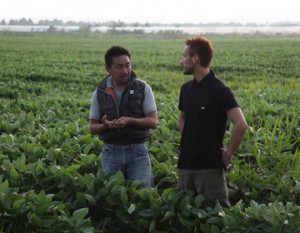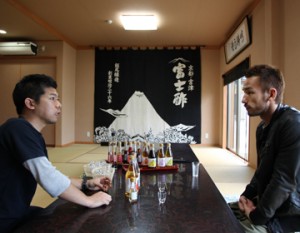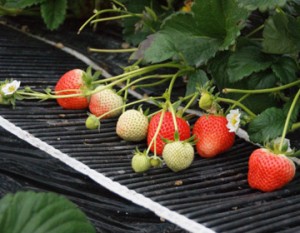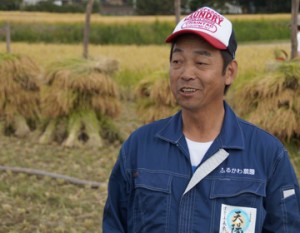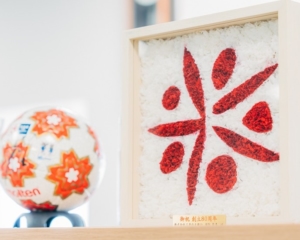What is natural style farming?
We visited Hikaru Ogawa who published a book called ”Natural style cultivation of tomatoes and melons”, and his son, Mimei. We were curious about ”natural style cultivation” which is the title of the book. Although we’ve visited farms which cultivate vegetables with natural farming, but what is ”natural stye”?
Mimei explained. ”It’s organic farming. We don’t use any chemosynthetic agrochemical. Our method is very similar to natural farming, except that we do plow the soil and add compost. So it’s not entirely natural. That is why my father calls it ”natural style”. ”
They have shown by example that produce will grow when you take into consideration the characteristics of the variety, and adjust when the compost is applied. They grow a wide variety of produce using this method. Among them, melons and tomatoes stand out.
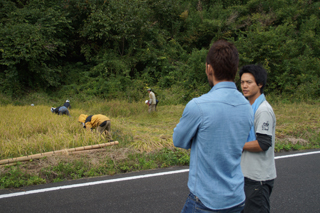
Creating an environment resembling Turkmenistan in Fukushima
Originally, Hikaru Ogawa used to be involved in research and promoting vegetable cultivation at Fukushima Prefecture Agricultural Experiment Station. He retired early and immersed himself in agriculture. The research and development he had conducted at the Agricultural Experiment Station was focused on tomatoes and melons. That is when he came into touch with the melon from Turkmenistan. Picking up on the fact that the melons were grown in a very dry region, he stayed in Turkmenistan for an extended period for research purposes. Upon returning to Japan, he cross bred the Turkmenistan melon and Fukushima melon, to make a variety that fit the Japanese environment.
On his farm, the only water the produce gets comes from naturally falling rain.
”You don’t water them at all?” Nakata asked surprisingly. If you do not use water, you don’t get as much yield. Yet, there is a reason why Hikaru sticks to natural style farming without using water.
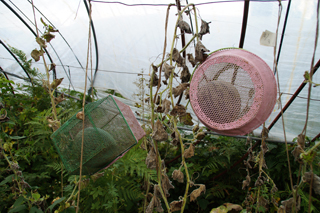
Reviving abandoned farmland
Mimei told us that Fukushima Prefecture has the most abandoned farmland in Japan.
”Dig a ditch next to the ridge, add fallen leaves as compost, allow the compost to absorb water, and you get non-irrigated farmland. This enables tomatoes and melons to grow on the abandoned farmland in the mountainous regions. In places like this where we can’t draw water, only buckwheat and soybeans could be grown, but with this farming method, we are able to use abandoned farmland for regular farming.” Hikari says that utilizing the abandoned farmlands could help stimulate population growth in the rural areas.
In fact, Hikaru accepts trainees every year on his own farm and provides farming support.
He originally started organic farming in 1989. At the time, there was concern about the effect of pesticides on health, and he began to think about food safety. Since then, he has conducted extensive research leading him to this point. At the end of our visit, he stated ”There is more diversity with organic farming. There is also the desire to protect the ecosystem.”
Having extensive knowledge about the crops, and cultivating them in a way that is suited to its characteristics. This philosophy is put into practice everyday in the mountainous region of Fukushima.





